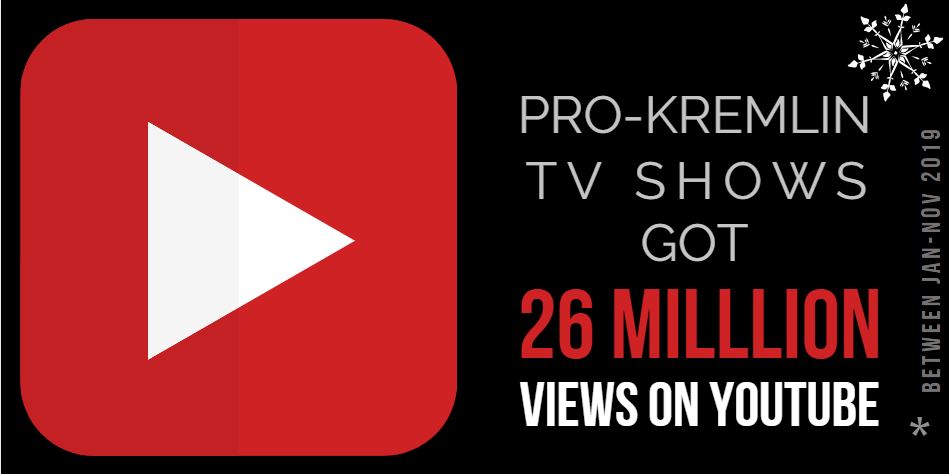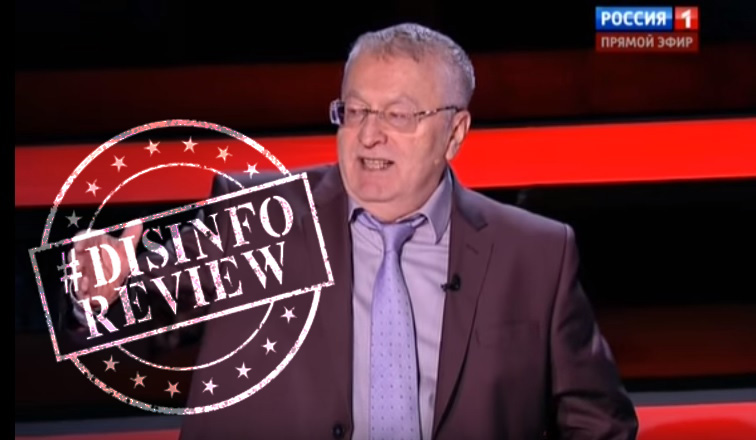With the end of the year approaching, it’s time to bring back the most significant figures from EU vs Disinfo's Figure of the Week section.
The EUvsDisinfo database contains plenty of telling examples of disinformation from pro-Kremlin YouTube channels. We did some maths and found out that from January to November, 212 such videos got 26 million views.
In the depths of disinformation: this is how RT propaganda works
A few days ago when the Swiss SVP (Swiss People’s Party) politician Claudio Zanetti inquired via Twitter at…





